بيت موندريان(1872-1944)
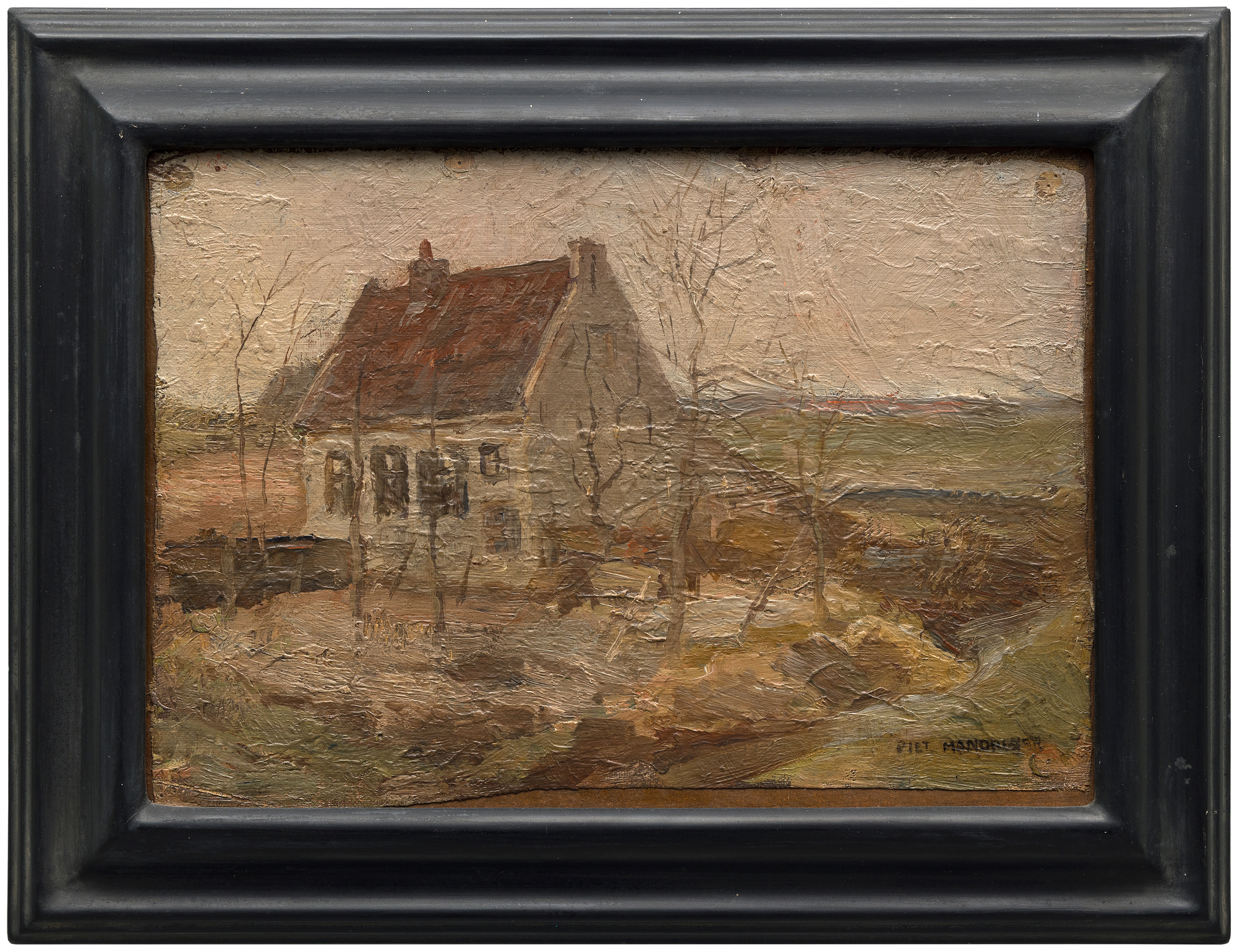
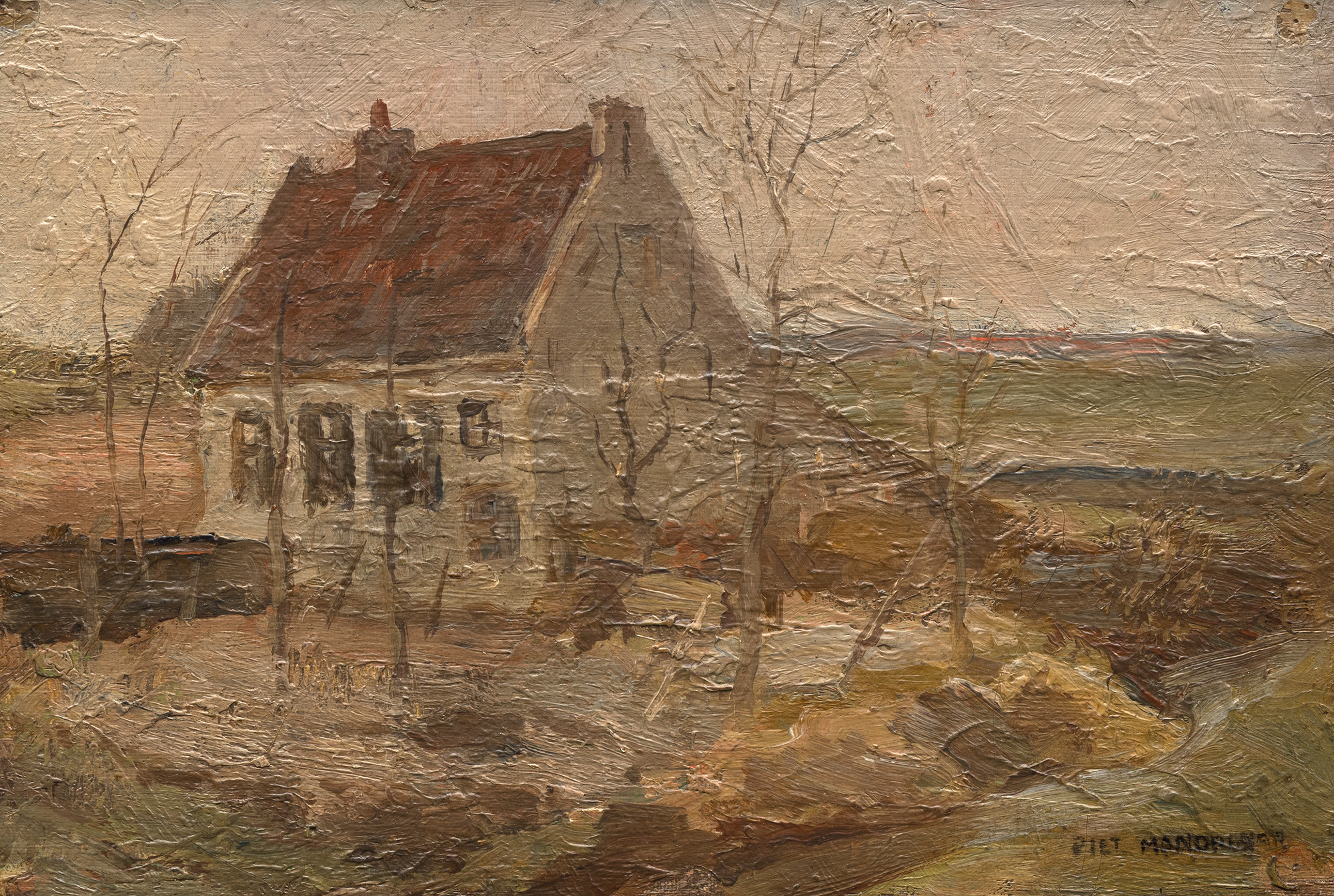
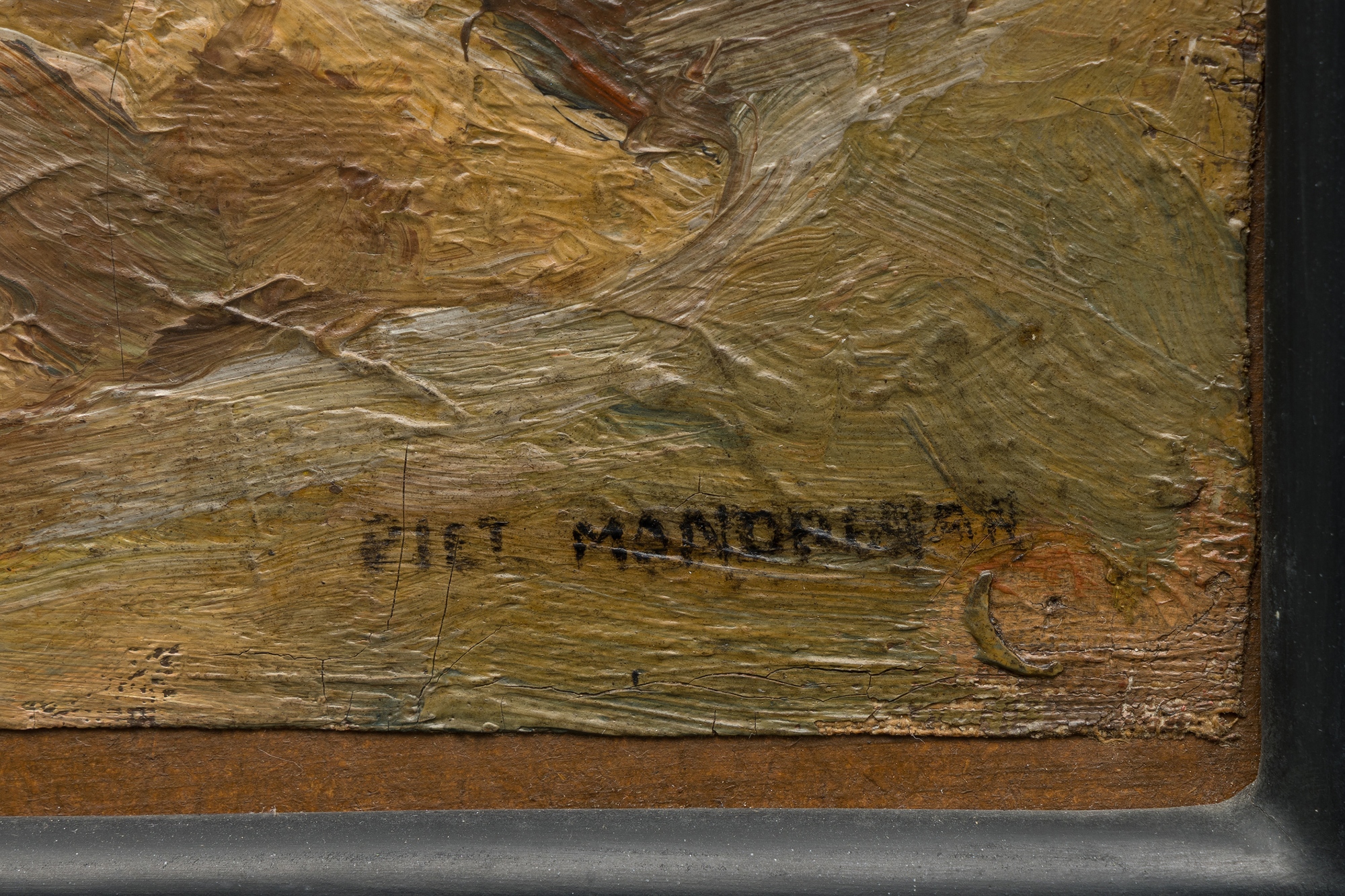

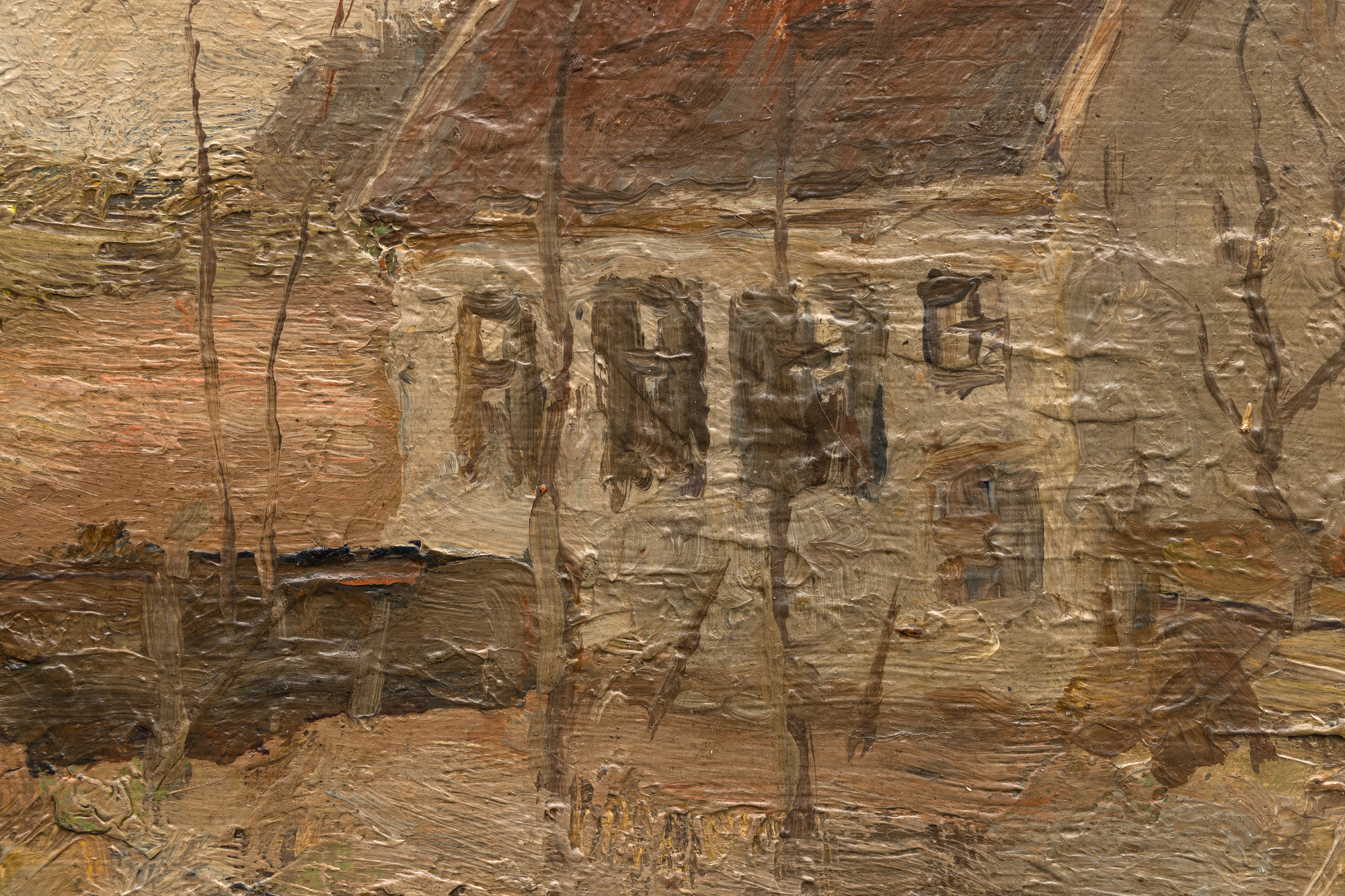
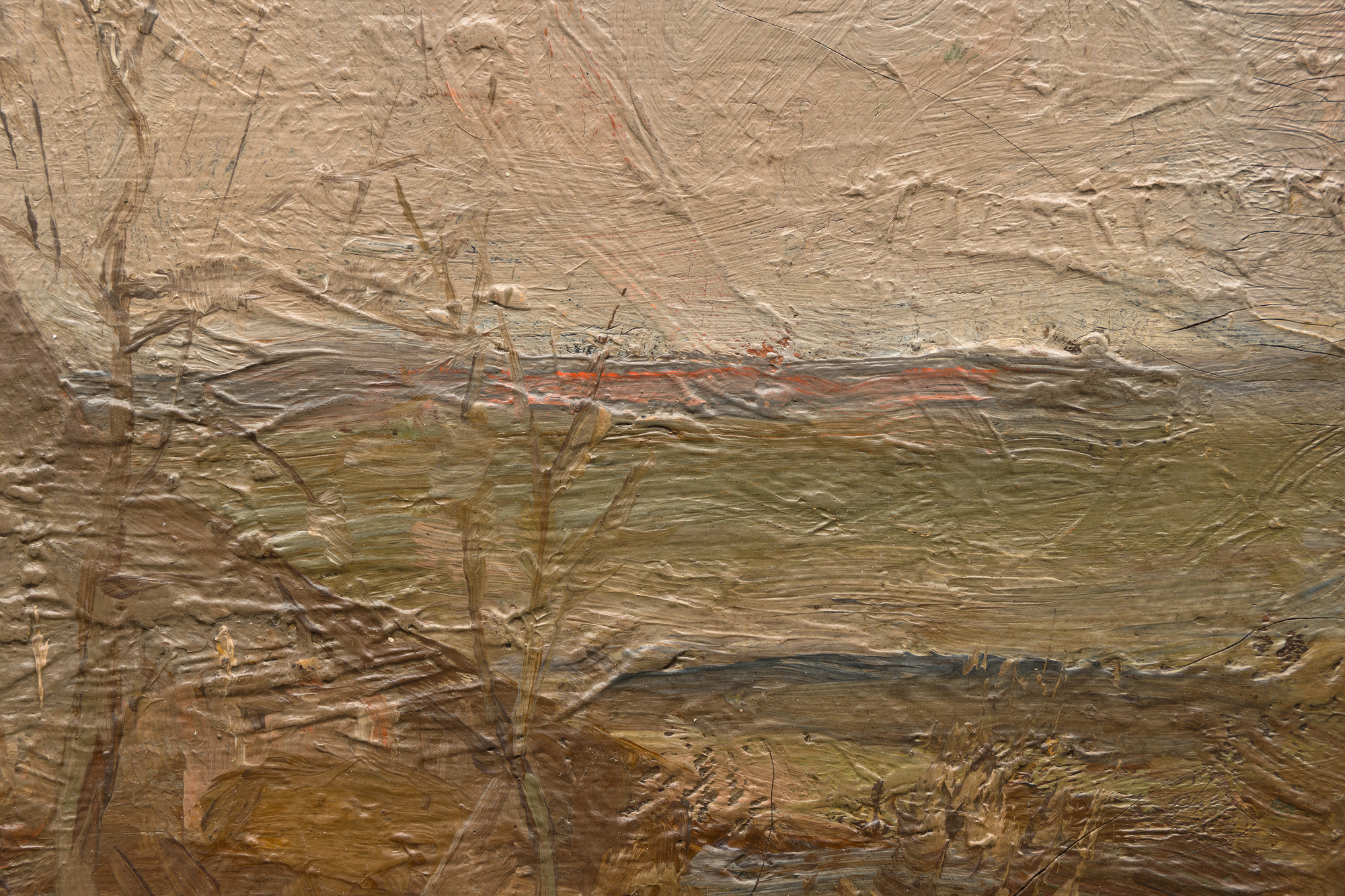



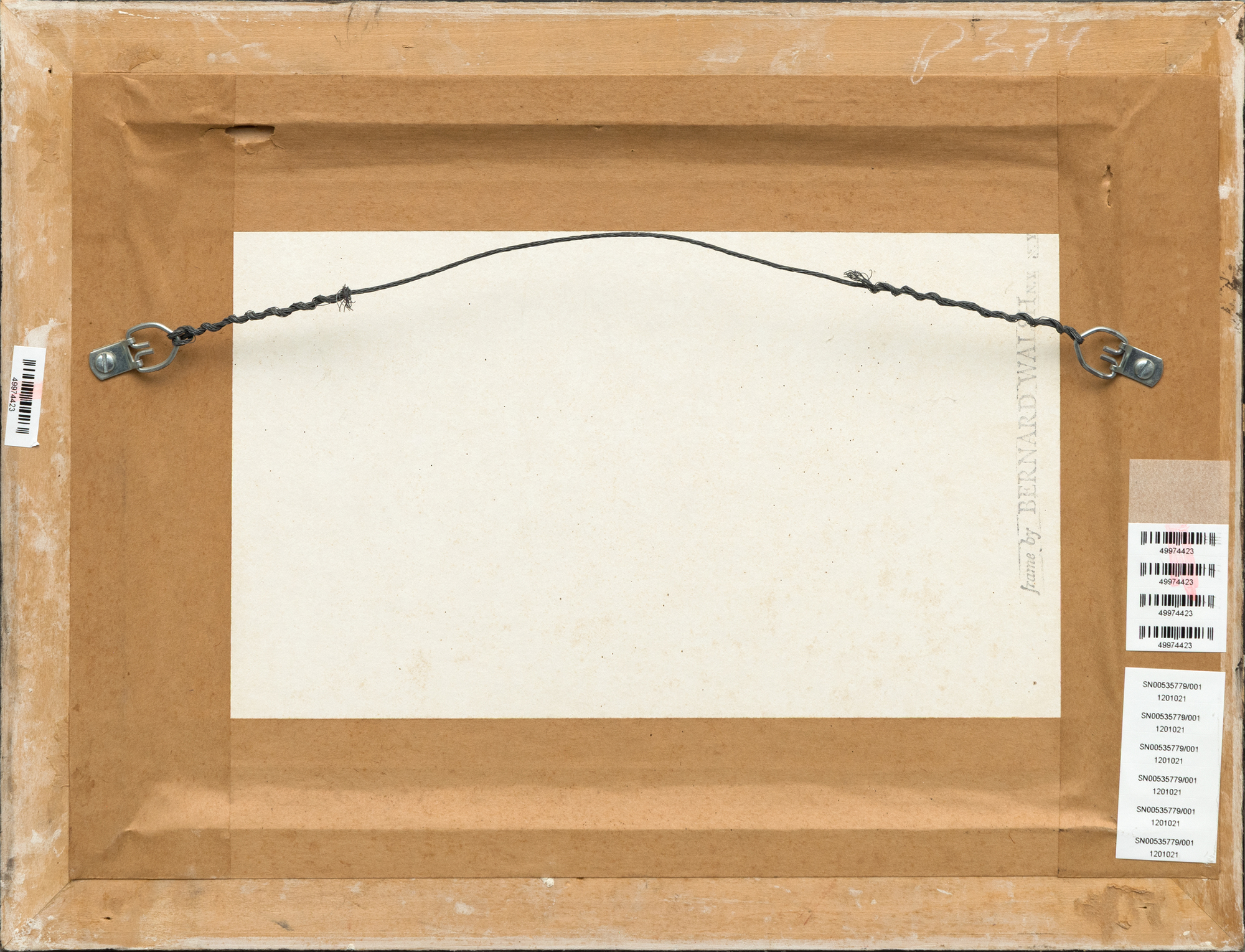
الاصل
العقار الهولندي، 1982مجموعة كاثرين ونيكولاس فوكس ويبر
معرض
لندن، ديفيد زويرنر، متحف ديفيد زويرنر، بيت موندريان: الرسم 1900-1905، 26 نوفمبر 2015 - 23 يناير 2016الادب
روبرت ويلش، بيت موندريان: كتالوج الأعمال الطبيعية، نيويورك، نيويورك، 2018، رقم A161كارستن شوبرت، أوائل موندريان: الرسم 1900-1905، لندن، لندن، 2022
120,000
وتسلط أعمال هذه الفترة، قبل تحول موندريان نحو المشاهد الساحلية والقوارب وموضوعات الأزهار، الضوء على ولعه بالمناظر الطبيعية، وهو موضوع استمر بمهارة في أعماله التجريدية اللاحقة، خاصة تلك المستوحاة من تخطيط مدينة نيويورك الشبيه بالشبكة، مثل "برودواي بوجي ووجي" (1942-1943) و"مدينة نيويورك الأولى" (1942). وتوفر المناظر الطبيعية المبكرة أسعاراً في متناول الجميع، لكنها تحمل أهمية أكاديمية هائلة، وتجتذب المتاحف وجامعي الأعمال الفنية الأذكياء والمهتمين بجمع الأعمال الفنية. توجد أعمال مماثلة في متحف المتروبوليتان للفنون ومتحف كليفلاند للفنون ومعهد شيكاغو للفنون. تمثل هذه القطعة شهادة نادرة على عبقرية موندريان المتطورة والدور التأسيسي للمناظر الطبيعية في أعماله. أحدث مالك لهذه اللوحة هو نيكولاس فوكس ويبر، مؤرخ وباحث فني متميز ورئيس مؤسسة جوزيف ألبرز.


